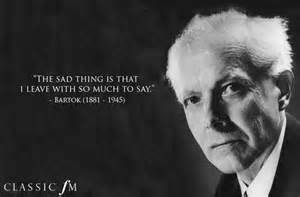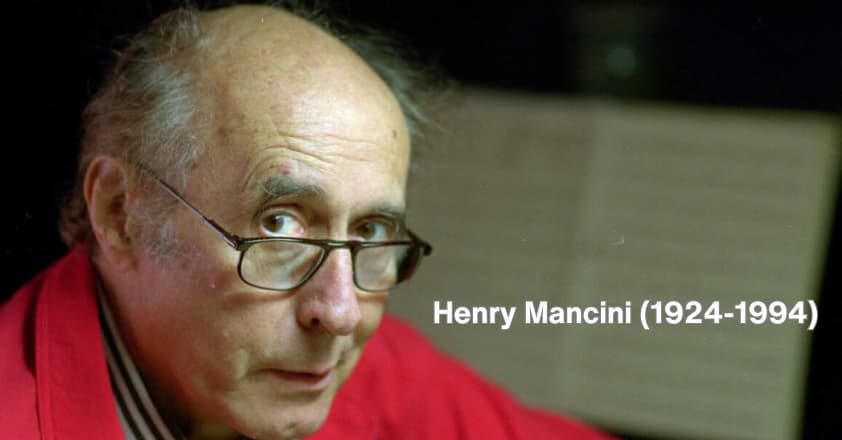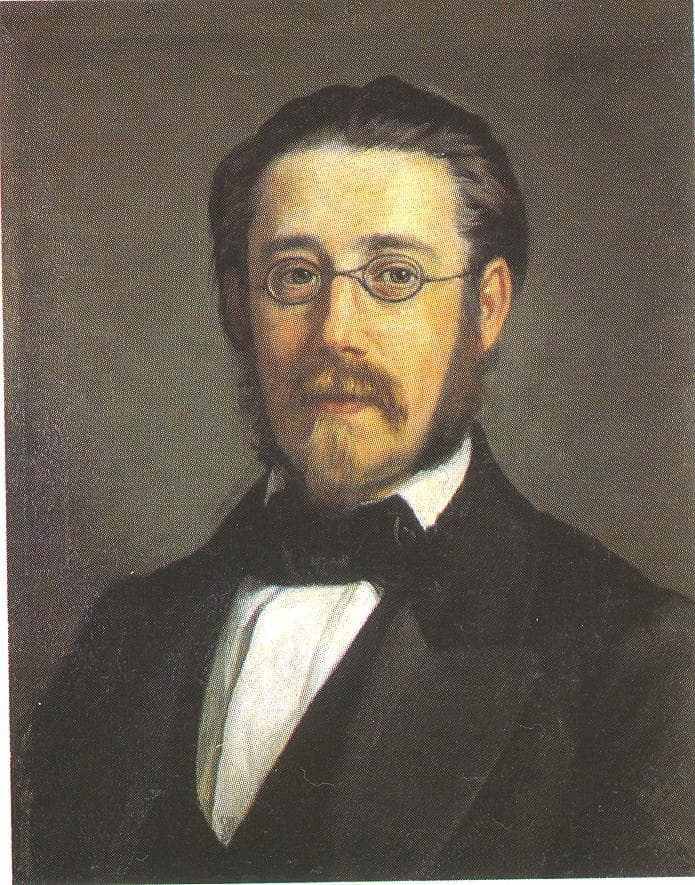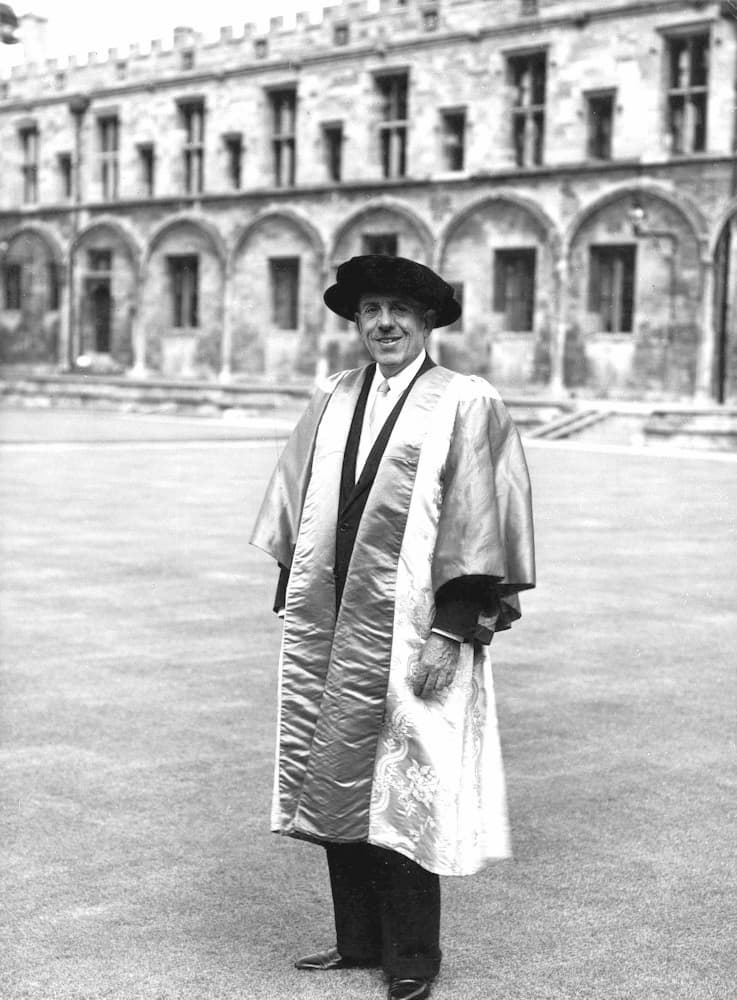Art is a matter of evolution, not revolution
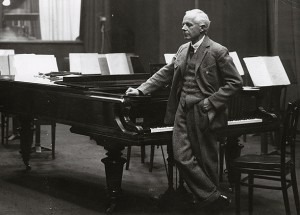 70 years ago, the world completely ignored the passing of one of the most creative and influential composers of the 20th century. Béla Bartók (1881–1945) originally hailed from the Hungarian town of Nagyszentmiklós, now Sînnicolau Mare in Romania, had died in a West Side Hospital in New York City. Throughout his life he was struggling with poor health and constant financial difficulties. His works were almost exclusively neglected—particularly so in his own country—and he was mercilessly ridiculed by the press. Bartók was exceedingly slight in stature, never weighing more than 116 pounds, and sometimes as little as 87. Journalists joked “he looked like a botany professor from a girls college.” Despite his small and fragile body, Bartók was endowed with an iron and uncompromising character. Mild-mannered, he had a keen and penetrating intellect that was interested in everything; science, foreign countries, unusual foods, literature, languages, and especially philology. He lived a simple and modest life, yet refused to ask for favors or engage in shameless self-promotion. The pride and integrity of his personality, however, is ever-present in his music. His personal friend, the pianist, teacher and composer Erno Balogh wrote, “It was part of the Bartók tragedy that not until immediately after his death did his popularity spread to every part of the world.”
70 years ago, the world completely ignored the passing of one of the most creative and influential composers of the 20th century. Béla Bartók (1881–1945) originally hailed from the Hungarian town of Nagyszentmiklós, now Sînnicolau Mare in Romania, had died in a West Side Hospital in New York City. Throughout his life he was struggling with poor health and constant financial difficulties. His works were almost exclusively neglected—particularly so in his own country—and he was mercilessly ridiculed by the press. Bartók was exceedingly slight in stature, never weighing more than 116 pounds, and sometimes as little as 87. Journalists joked “he looked like a botany professor from a girls college.” Despite his small and fragile body, Bartók was endowed with an iron and uncompromising character. Mild-mannered, he had a keen and penetrating intellect that was interested in everything; science, foreign countries, unusual foods, literature, languages, and especially philology. He lived a simple and modest life, yet refused to ask for favors or engage in shameless self-promotion. The pride and integrity of his personality, however, is ever-present in his music. His personal friend, the pianist, teacher and composer Erno Balogh wrote, “It was part of the Bartók tragedy that not until immediately after his death did his popularity spread to every part of the world.”
Bartók received his initial musical instruction from his mother, with the family moving to Pressburg—currently Bratislava in Slovakia—to further the musical education of the highly talented son. Eventually, Bartók became a student at the Royal Academy of Music in Budapest, graduating in 1903. In collaboration with Zoltán Kodály, Bartók began collecting Hungarian folk music soon after leaving the academy. The joint publication, Hungarian Folk Songs for Voice and Piano appeared in print in 1906, and spawned extended musical and scientific research in the native musical expression of Slovakian, Rumanian and Turkish language groups. In all, Bartók published roughly 6000 folk songs in carefully annotated musical and scholarly editions. Most significantly, however, his study of folk music decidedly influenced his compositional style. By 1908, he had developed a personal style that merged folk influences and turn-of-the century art music styles. Using the piano as a percussion instrument, Bartók pushed the limits of dissonance and tonal ambiguity and infused them with irregular and sweeping natural rhythms.
Béla Bartók: String Quartet No. 5, BB 110
Always interested in education, Bartók extensively discussed how peasant music can become an integral part of modern music. “We may,” Bartók writes, “take over a peasant melody unchanged or only slightly varied, write an accompaniment to it and possibly some opening and concluding phrases. Another method involves the composer not using a real peasant melody but inventing his own imitation. There is no true difference between this method and the one described above. Yet, there is a third way, when neither peasant melodies nor imitations of peasant melodies are used, but when the music is pervaded by the atmosphere of peasant music. In this case we may say he has completely absorbed the idiom of peasant music, which has become his musical mother tongue.” Bartók took his explanations to heart and produced works with pounding motoric rhythms that nevertheless breath the spirit of peasant culture. This compositional intensity and angularity of musical expression is maintained in the brutal pantomime The Miraculous Mandarin of 1919, and the two Violin Sonatas of 1921 and 1922, respectively, in which Bartók’s music approaches the peak of its chromatic intensity.
With war looming on the European Continent, Bartók and his wife Ditta reluctantly immigrated to the United States in 1940. They settled in New York City but found life rather difficult. Bartók’s mature musical language, which integrated folk idioms within strict contrapuntal forms, simply did not resonate with the American public. Since there was little interest in his music, the couple lived on money received from a meager research fellowship from Columbia University, and from charitable handouts from his friends and supporters. Concordantly, Bartók’s health gradually started to fail. For years he battled bouts of fever and exhaustion, but doctors were unable to diagnose the underlying medical condition. By the time he was diagnosed with leukemia in April 1944 it was too late for treatment. Bartók had stopped composing altogether when he received a commission from Serge Koussevitzky. The Concerto for Orchestra was premièred by the Boston Symphony Orchestra in December 1944, and quickly became Bartók’s most popular work. Subsequently, Yehudi Menuhin commissioned a Sonata for Solo Violin, and Bartók started work on his Piano Concerto No. 3 and his Viola Concerto. On 26 September 1945 he succumbed to leukemia, and only ten people attended the funeral. In the 1980’s, at the request of the Hungarian government and his surviving family, Bartók‘s remains were exhumed and transferred back to Budapest for burial.
You May Also Like
- Playing in Pairs: Bartók’s Concerto for Orchestra Béla Bartók’s Concerto for Orchestra challenges the educated listener on several fronts, starting with the title itself.
- In the Service of Music
Béla Bartók and Ditta Pásztory Béla Bartók had always been interested in young girls. His first wife Márta was only sixteen when they married - Béla Bartók
“Competitions are for horses, not artists” Bartók wrote, “The Dance Suite is the intimate result of my researches and love for folk music.” -
 Béla Bartók—Composer, Countryman and Collector Béla Bartók my father’s Hungarian countryman, is considered a composer of profound influence in the 20th century.
Béla Bartók—Composer, Countryman and Collector Béla Bartók my father’s Hungarian countryman, is considered a composer of profound influence in the 20th century.
More Composers
-
 Henry Mancini “Success is not usually easy or fast”
Henry Mancini “Success is not usually easy or fast” -
 Bedřich Smetana “My fatherland means more to me than anything else”
Bedřich Smetana “My fatherland means more to me than anything else” -
 Georges Auric “Down with impressionism and all those beautiful sonorities”
Georges Auric “Down with impressionism and all those beautiful sonorities” -
 Francis Poulenc “I simply follow my own feelings”
Francis Poulenc “I simply follow my own feelings”

